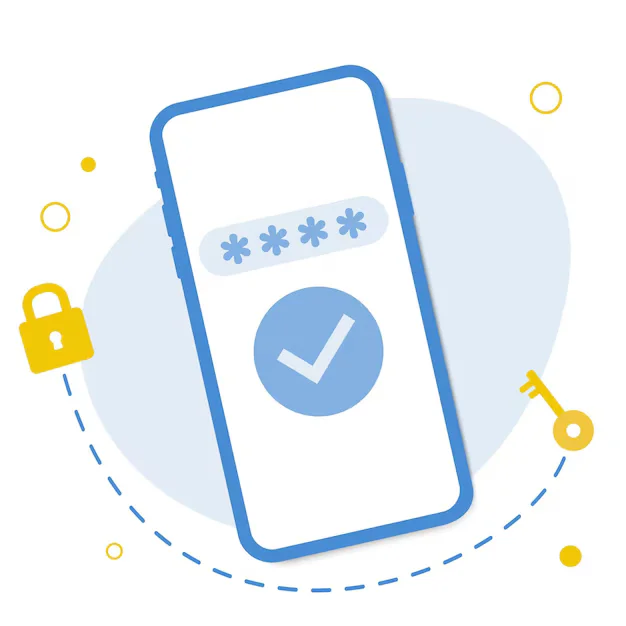Understanding Session Hijacking in PHP
Session hijacking is a security threat where an attacker takes over a user’s active session with a web application. In PHP, sessions are widely used to manage logged-in users, keep track of shopping carts, and store temporary data. If someone gains unauthorized access to a session, they can impersonate the user, access private data, and perform actions on their behalf.
Unlike hacking a password, session hijacking doesn’t require knowing login credentials. It simply exploits weaknesses in how the session is handled — making it a serious concern for all PHP developers and site owners.
How Session Hijacking Happens
Session hijacking typically occurs when session IDs are exposed, stolen, or predicted. Common attack methods include:
-
Eavesdropping on public or insecure networks where data isn’t encrypted
-
Cross-site scripting (XSS), where malicious scripts steal session cookies from the browser
-
Session fixation, where attackers trick users into logging in with a session ID they already control
-
Insecure cookies, especially on websites that don’t use HTTPS
-
Browser vulnerabilities or shared devices, which can leak session data
Once an attacker gets a valid session ID, they can impersonate the user until the session expires or is invalidated.
Risks of Session Hijacking
If a PHP application is vulnerable to session hijacking, the consequences can be serious:
-
Loss of personal or financial data
-
Unauthorized account access
-
Changes to account settings or passwords
-
Fraudulent purchases or actions
-
Reputational damage and loss of trust for the business
This is why secure session management is as important as encrypting passwords or protecting databases.
How to Prevent Session Hijacking in PHP
There are several effective, non-technical measures to safeguard sessions in PHP applications:
1. Use HTTPS on All Pages
Encrypting all traffic between the user’s browser and the server ensures that session cookies can’t be intercepted. Always use SSL certificates and force HTTPS on every page of your application.
2. Secure Your Session Cookies
Session cookies should be configured to work only over secure connections and be inaccessible to client-side scripts. This prevents exposure through browser vulnerabilities or JavaScript-based attacks.
3. Avoid Passing Session IDs in URLs
Session IDs should always be stored in cookies, never in URLs. URLs can be shared, logged, or cached, increasing the chance of session IDs being exposed unintentionally.
4. End Sessions on Logout
Always destroy the session completely when a user logs out. This ensures that the session ID is no longer valid, preventing any reuse by attackers.
5. Limit Session Lifespan
Keep sessions short-lived. Automatically log out users after a period of inactivity or after a set time to reduce the window of opportunity for hijacking.
6. Tie Sessions to the User’s Device
Track information like the user’s IP address or browser details when a session is created. If the session is later accessed from a different device or network, flag it as suspicious and prompt re-authentication.
7. Protect Against XSS
Since session cookies can be stolen through cross-site scripting, sanitize all user input, use secure HTTP headers, and implement a content security policy to reduce the risk of malicious code being executed.
Real-Life Use Cases
Imagine a banking website where a user logs in from a coffee shop’s public Wi-Fi. If the site doesn’t use encryption or session controls, someone on the same network could steal their session and transfer funds without knowing the user’s password. Similarly, an online store without session expiration could allow someone to use a logged-in session hours or days later if the user forgot to log out.
These examples highlight the real need for proactive session security in all PHP applications, not just high-risk ones.







